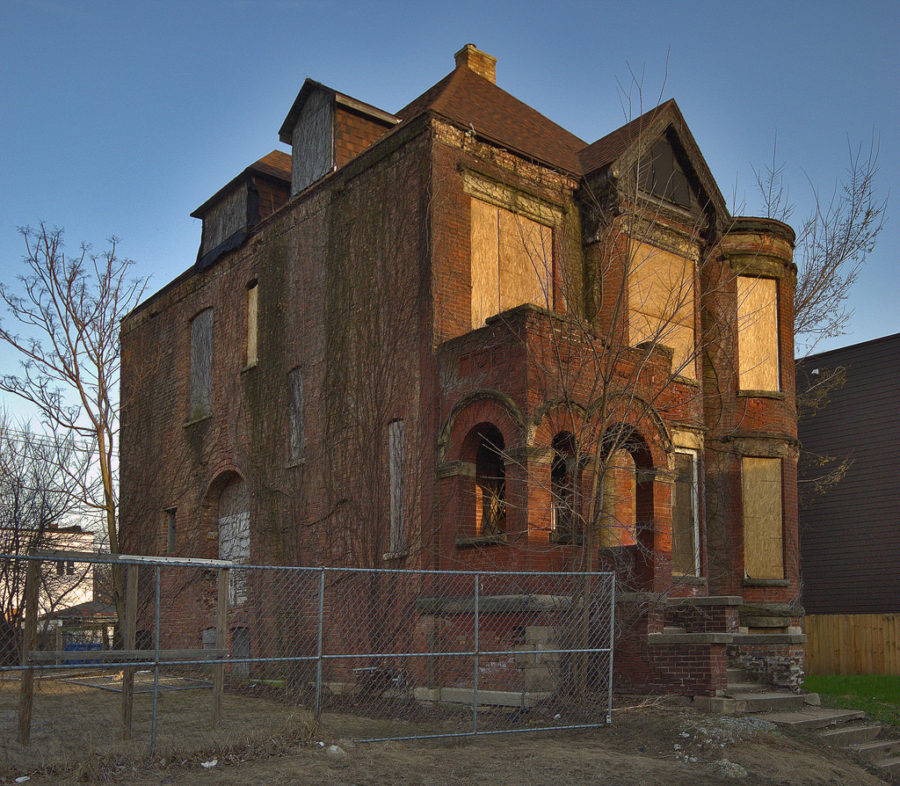
Milwaukee/Kimball/Diversey [John Morris/Chicago Patterns]
Outside of Downtown, Milwaukee Avenue is likely the fastest growing and changing thoroughfare in the city, and it isn’t the first time in history it’s had this position. Since the early beginnings of Chicago, it’s been a busy commuting path and one of the most bustling commercial centers.
The beauty and lore of this avenue was captured over a century ago in a book by a Jefferson Park resident:
What Soho is to London this diagonal avenue is to the Garden City. By turns the Greek, Italian, German, Scandinavian, Russian, Lithuanian and Pole monopolize the street signs, the corner news-stands, the sidewalks and the cars, or proclaim to the passing nose one aspect of their national delicacies.
Every half-section line exhibits in its ganglia, as the crossing of the thoroughfares, a sharp-angled picturesque frontage, akin to Seven Dials or Five Points in their palmy days.
—Alfred Bull, amateur historian describing Milwaukee Avenue in 1911
In the first part of this series, we’ll look at the early history of Milwaukee Avenue, and follow it until the boom years of the 1920s. Next we’ll cover the Chicago School of architecture, and later, the transition to the Machine Age and Art Deco.
Continue reading »








